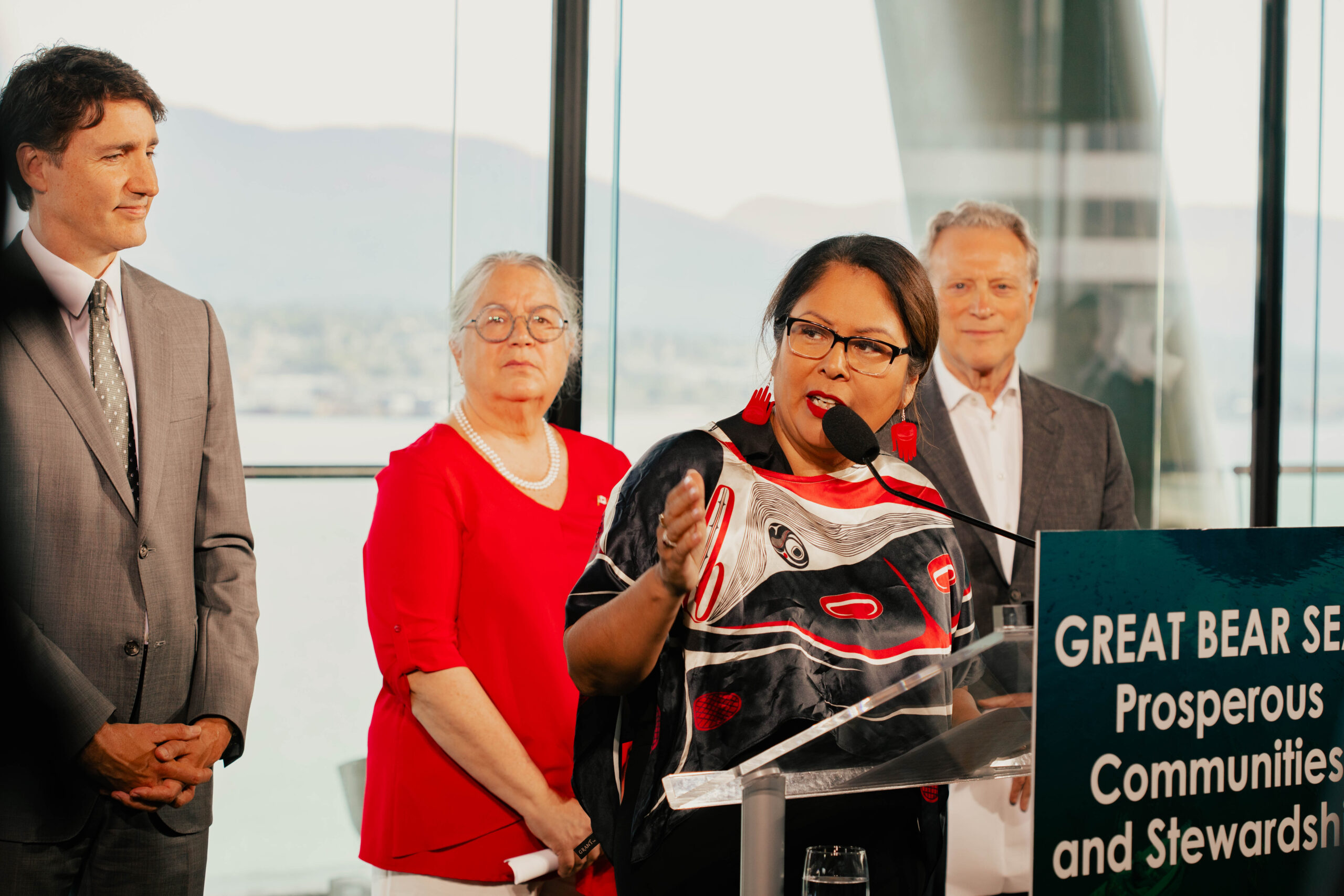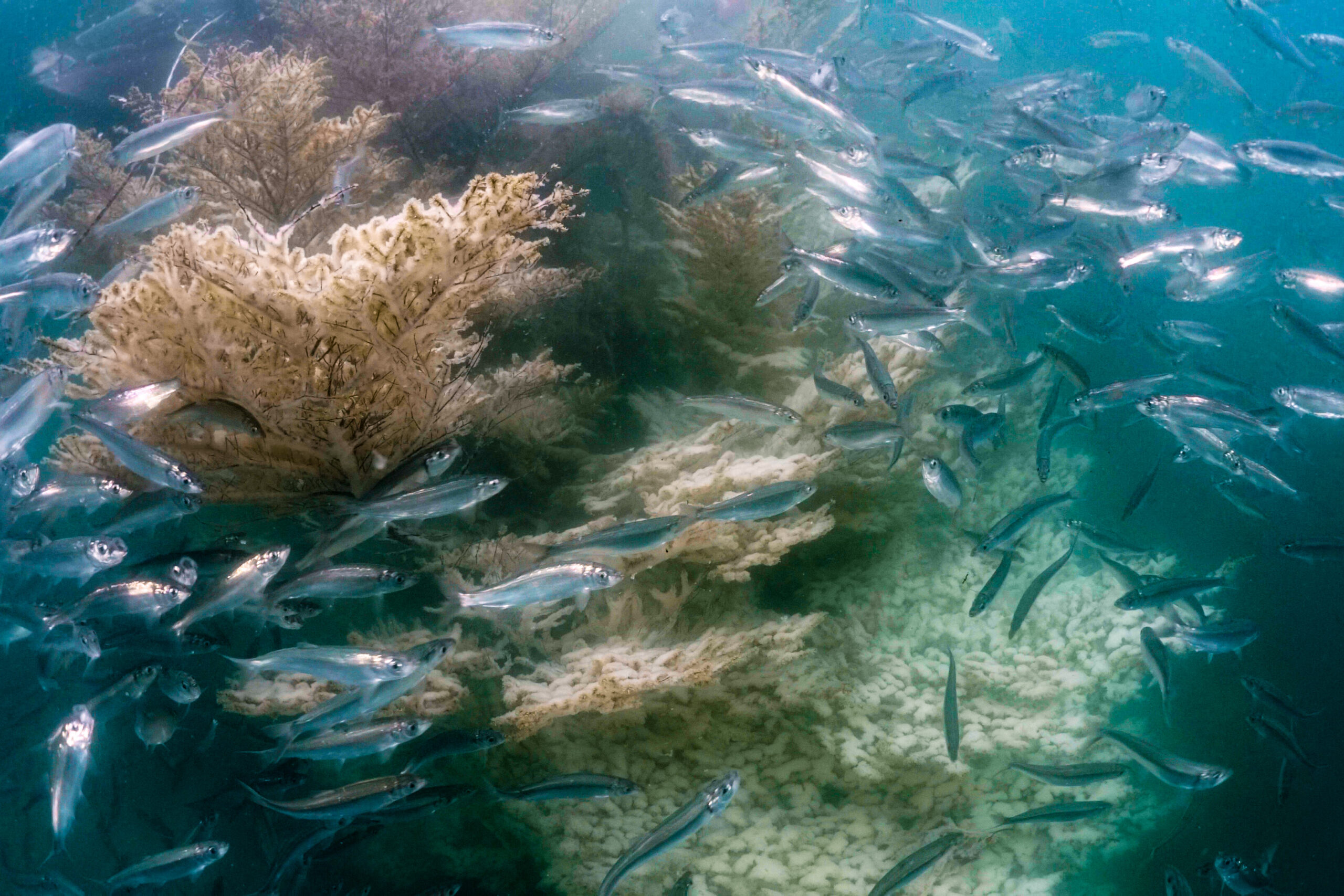While the time Pacific salmon spend in the open ocean is still largely a mystery, scientists now hope the high seas will provide clues to declining salmon health.
Tristan Blaine, a field technician with the Central Coast Indigenous Resource Alliance (CCIRA), recently returned from a month-long expedition with Russian, American and Canadian scientists to study what factors impact salmon survival.
“We were hoping to fill in this grey area of where salmon spend the majority of their life,” Blaine says. “We know what’s happening closer to shore but not in the important middle phase of the salmon’s life.” The Pacific Legacy No. 1 trawler departed Victoria on March 1 for the second of two expeditions by Pacific salmon-producing nations – Japan, Korea, Russia, the United States and Canada. “This was an effort to get nations that care very deeply about salmon to start working together to share their knowledge and expertise,” he adds.
CCIRA joined the project after learning that one third of the salmon caught on last year’s voyage came from the Central Coast. “Data collected by this research expedition fills essential gaps in the offshore ecology of salmon,” says CCIRA Science Coordinator Alejandro Frid.
More is known about the lives of salmon in coastal waters, “then they go offshore and it’s just a totally unknown world,” says Blaine. “We don’t know if they spend time in schools, where they go, what they eat.”
While it’s been assumed that salmon spend time individually at sea, he says, “at a few sites this year we found fish in schools of 100 and 200.” The expedition caught pink salmon in the warmer waters of the southern leg of the trip and sockeye in the north – even though they eat the same food. He says scientists were shocked to find very different results from one expedition to the next. “That means we need to do much more science.”
The first leg of the trip took scientists 800 miles off the BC coast. Plans for a second leg to Alaska changed when
COVID-19 struck; American scientists were recalled, and the vessel wasn’t allowed to operate in US waters without them. Hurrying north to fish for a few days south of Alaska, the trawler hit 10-metre seas off the coast of Haida Gwaii.
Despite the setbacks, the expedition netted several hundred fish from five Pacific salmon species. Scientists extracted DNA samples, otoliths (the inner ear bones), and tissue samples. These were sent for analysis to laboratories in BC and across the Pacific.
For Central Coast Nations, DNA results can help them know what proportion of their fish are caught and where, says Blaine, adding that “it’s important to be able to relate the information we’re finding on these expeditions to what returns we’re having on the Central Coast.”
“In order to make better management decisions, you need a lot of data,” Blaine emphasizes. “Each country does fisheries science differently but by working together scientists can compare what they are learning.”
“That makes for better science and hopefully better fisheries management.”


